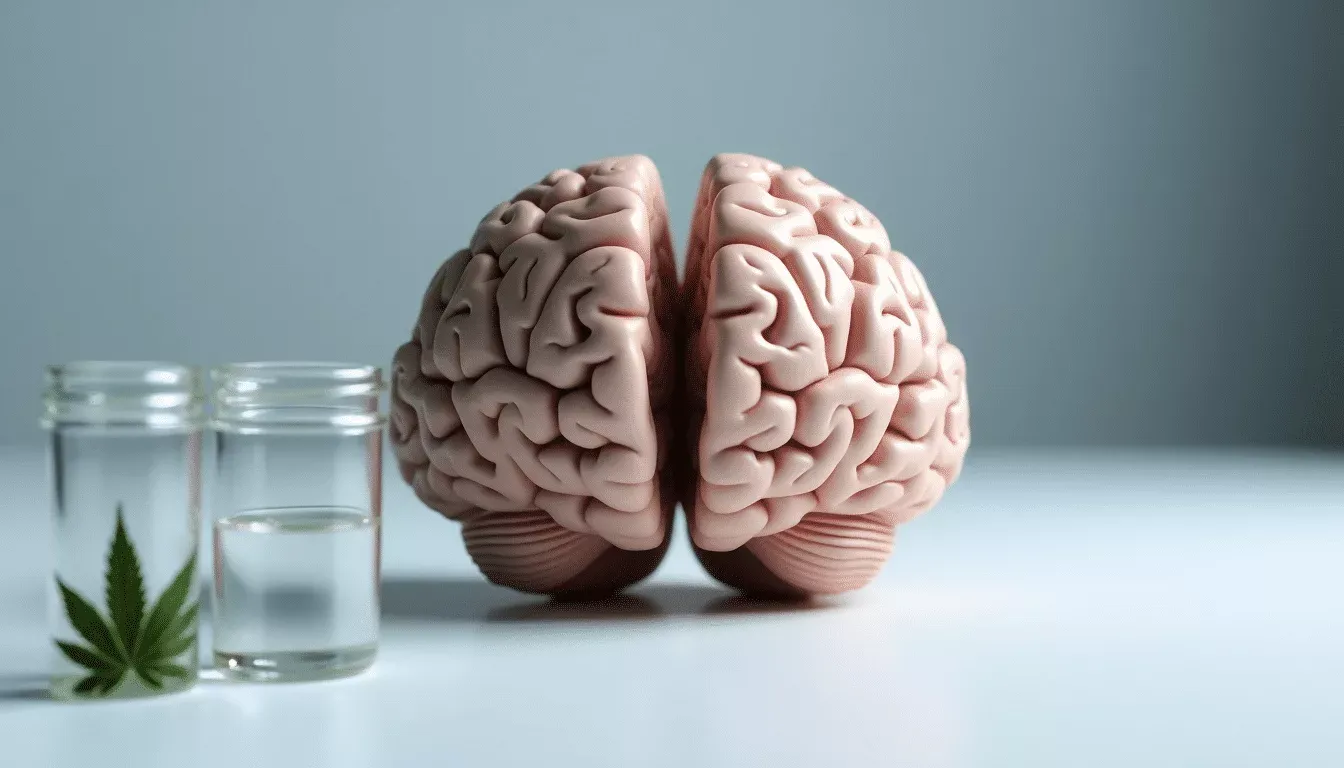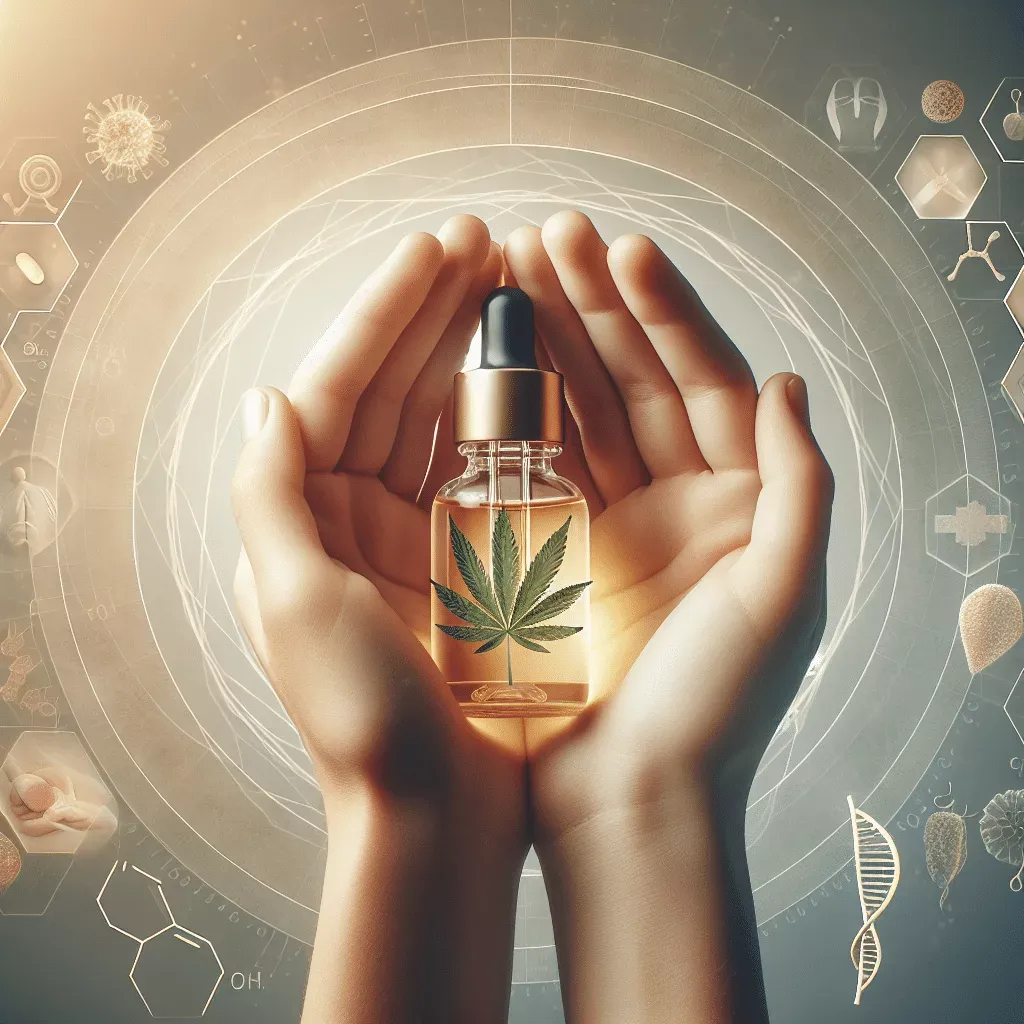How Cannabis May Aid PTSD Symptoms
Post-Traumatic Stress Disorder (PTSD) affects millions of people worldwide, appearing as a persistent distressing aftermath of traumatic experiences. Traditional treatment options often include psychotherapy and pharmaceuticals, but not all individuals find relief. In this scenario, medical cannabis emerges as a potential alternative. Growing research and anecdotal evidence suggest that cannabis may alleviate some PTSD symptoms, but how viable is it as a treatment option? This article will carefully explore the relationship between cannabis and PTSD by defining the condition and substance, examining potential benefits and risks, and offering practical insights for those considering cannabis as part of their PTSD management plan.
Table of contents
Understanding PTSD and Cannabis
PTSD is an anxiety disorder triggered by either experiencing or witnessing a traumatic event. This condition can manifest through nightmares, severe anxiety, flashbacks, and uncontrollable thoughts about the event. It is a complex disorder that affects both mental and physical health and can disrupt everyday functioning.
Cannabis, on the other hand, comprises multiple compounds, the most notable being delta-9-tetrahydrocannabinol (THC) and cannabidiol (CBD). These compounds interact with the body’s endocannabinoid system, which plays a crucial role in regulating mood, memory, and stress. Understanding this interaction is essential in exploring how cannabis may benefit PTSD sufferers.
The Potential Benefits and Risks
Many individuals with PTSD report finding relief from their symptoms through cannabis use. Anecdotally, it’s said to help manage anxiety, reduce the frequency of nightmares, and improve sleep quality. Scientific research is gradually catching up, indicating that certain cannabinoids may modulate fear memory and reduce hyperarousal and anxiety, which are prevalent in PTSD.
For instance, a study published in Frontiers in Psychology found that CBD could potentially diminish learned fear, which may translate to reduced PTSD symptoms in real-world scenarios. Similarly, THC has been observed to lessen the incidence of nightmares, a common complaint among PTSD patients.
Despite these promising findings, it’s important to recognize the risks and limitations. Cannabis can produce side effects such as anxiety, paranoia, and cognitive impairment, especially in high doses. Furthermore, there’s the risk of developing dependency, complicating the picture for those already dealing with PTSD.
Actionable Insights and Practical Tips
If you’re considering cannabis as a treatment for PTSD, it’s crucial to consult with healthcare professionals to weigh the benefits against the risks. Here are some tips that might guide you:
- Start Low and Go Slow: Gradually increase your dose to understand how cannabis affects your symptoms and overall mental state.
- Choose the Right Strain: Different strains of cannabis have various levels of THC and CBD. A strain with higher CBD and lower THC might be more beneficial for those sensitive to the psychoactive effects of THC.
- Monitor Your Experience: Keep a journal of your cannabis use and record its effects on your PTSD symptoms. This can help in adjusting the dosage or trying different strains for better results.
- Consider Microdosing: Some users find that microdosing cannabis—using very small amounts regularly—helps maintain symptom relief without impairing their daily activities.
- Integration with Traditional Therapies: Cannabis should not replace conventional PTSD treatments like psychotherapy and medications unless advised by a healthcare professional.
Conclusion
As our understanding of PTSD and its treatments evolves, cannabis represents a promising frontier that could offer therapeutic benefits. While research remains ongoing, anecdotal evidence and preliminary studies suggest that cannabis may alleviate some symptoms of PTSD, such as anxiety and sleep disturbances. However, given its potential side effects and the individual variability in response, it is vital to approach cannabis as a treatment option with caution.
Engaging with a healthcare provider experienced in medicinal cannabis use is essential to navigate this alternative therapy effectively. While diving deeper into research, you may explore additional Cannabis Research Resources for a broader understanding. Share your thoughts or experiences in the comments below, and stay informed about new developments in cannabis research and PTSD treatment options by subscribing to reliable health information channels.
FAQ: Cannabis for PTSD
1. How does cannabis help with PTSD symptoms?
Cannabis may help reduce PTSD symptoms by interacting with the endocannabinoid system, potentially aiding in anxiety reduction, improved sleep, and emotional regulation.
2. Is cannabis a recommended treatment for PTSD?
Cannabis is not universally recommended for PTSD, as research is still evolving. Some individuals report relief, but it should be approached carefully and in consultation with a healthcare provider.
3. Are there risks associated with using cannabis for PTSD?
Yes, potential risks include dependency, worsening of symptoms, and cognitive effects. It’s important to weigh these against potential benefits with professional guidance.
4. What types of cannabis products are used for PTSD?
Various products like CBD oils, THC-dominant strains, edibles, and vapes are used, but efficacy and safety can vary. Consultation with a healthcare provider is advised.
5. Can cannabis completely cure PTSD?
Cannabis cannot cure PTSD, but it may help manage symptoms for some individuals. Successful treatment often involves a combination of therapies and medication.
Related: medical Marijuana
Share this content:



